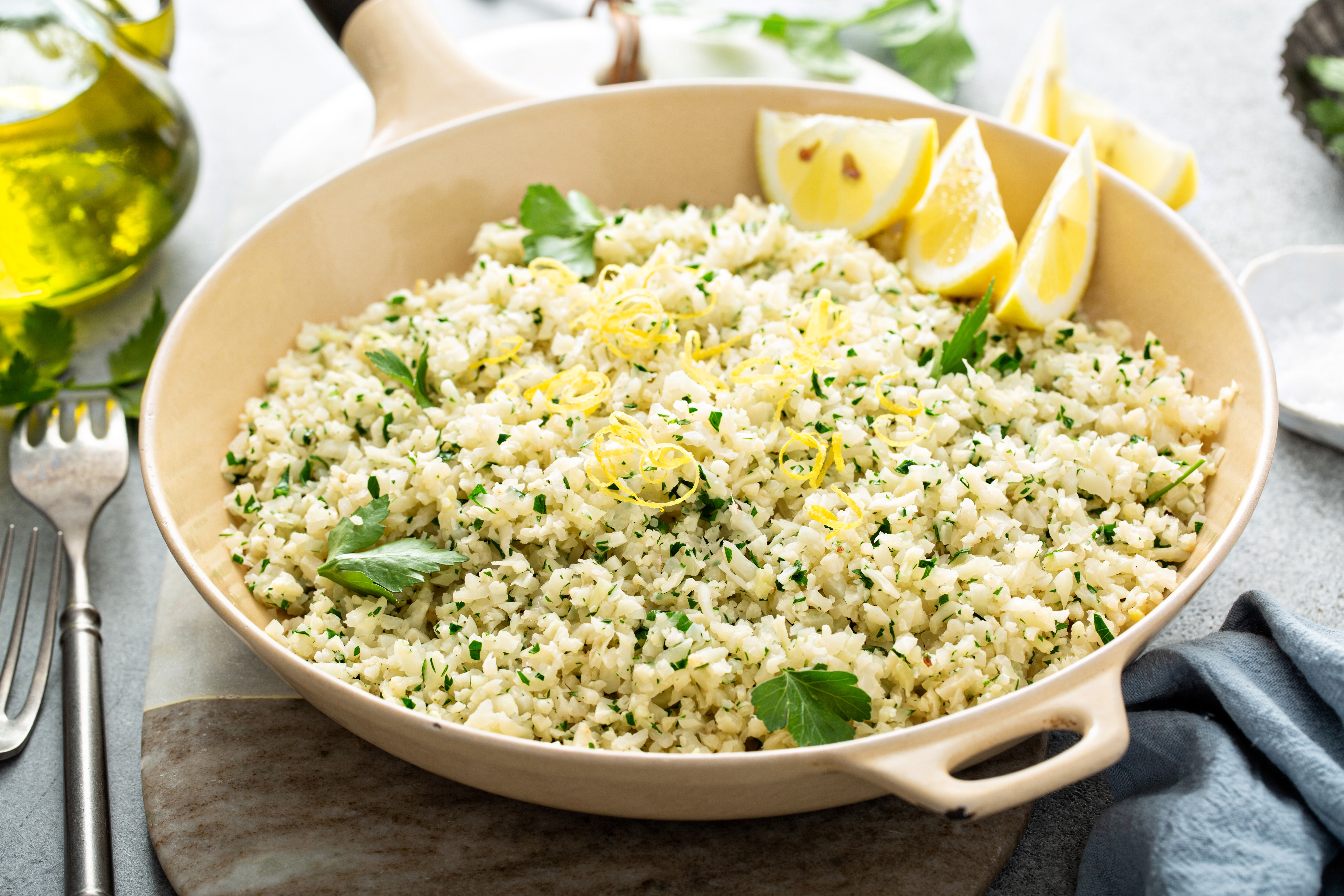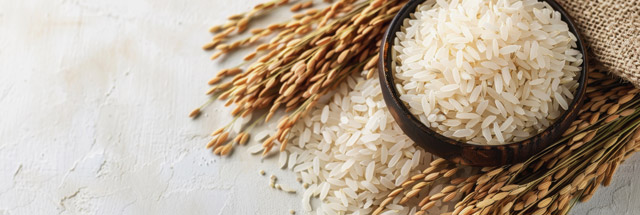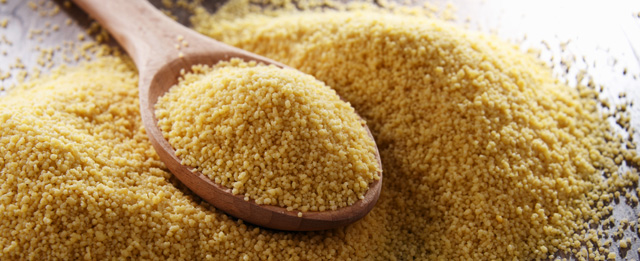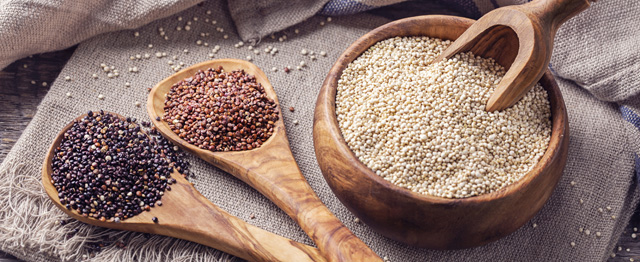Follow us 261.1k
Quick Summary tl;dr
There’s no perfect one-size-fits-all grain swap — the best substitute depends on the dish.
Cauliflower and broccoli rice are go-to options for most cooked meals. Shirataki and palmini rice are convenient and low in carbs, but need proper prep to taste good. For salads or grain-style bowls, try hemp hearts, lupini flakes, or even finely chopped nuts. Some swaps work best warm, others cold — and none of them will be an exact copy of the original grain.
Store-bought options are fine, just read labels carefully — not all “keto” products are clean or low in carbs.
Once you stop expecting a 1:1 match and start pairing the right swap with the right recipe, it’s a lot easier (and tastier) to stick with low carb.
If you’re eating low-carb or gluten-free, you’ve probably looked at a bowl of rice or a couscous salad and thought, “I miss that.” I’ve been there. Finding grain substitutes that actually feel satisfying is tricky — especially when the texture is a big part of the meal.
That’s why I put this guide together. Whether you’re trying to replace rice in a curry, recreate a grain salad, or just need something to soak up a sauce, there are plenty of low-carb options that work — and a few that don’t. Some are veggie-based, some are store-bought, and a few are surprisingly close in taste and texture.
Here’s what I use, how I prep them, and the recipes that make these swaps actually worth it.
Why These Swaps Actually Work (and When They Don’t)
There’s no one-size-fits-all grain substitute. What works in a curry might fall apart in a salad. Some swaps are great for texture, others just act as a base to soak up sauce — and that’s okay.
Veg-based options like cauliflower or broccoli rice are light, quick, and work best in hot meals. But sometimes you don’t want to drag out the food processor to make cauliflower rice — I get it. There are a few store-bought options that make things easier, especially for quick meals. Just be careful: not everything labeled “keto” or “low-carb” is actually a good option.

If you’re after something chewy or more filling, you’ll probably want to look at things like hemp hearts, lupin flakes, or palmini.
Shirataki rice? Honestly, it doesn’t taste like rice — but it’s neutral enough to carry bold flavors if you prep it right. Some people love it, others can’t get past the texture. Same goes for palmini. You’ll find what works for you.
The key is matching the substitute to the type of meal you’re making — and not expecting it to be an exact copy. Once you shift that mindset, these swaps get a lot more satisfying.
What to Eat Instead of Rice

Rice is probably the most-missed grain on a low-carb diet, but there are plenty of substitutes that do the job depending on the dish. Some are veggie-based and light, others are packaged and low in carbs but with a very different texture. Here are the ones I actually use:
Cauliflower Rice
The classic. I usually just pulse fresh cauliflower in a food processor, sauté it for a few minutes with a bit of oil, and that’s it. It works in stir-fries, under saucy dishes like curry, or even in sushi rolls. Just don’t overcook it or it’ll turn to mush.
Broccoli Rice
Same method as cauliflower, but it brings a stronger flavor and a ton of color. I use this when I want something a little different — it’s great with Asian or Middle Eastern flavors.
Shirataki Rice
This one’s made from konjac root and has almost zero carbs or calories. The texture is chewy and a little slippery, so it’s not for everyone. But it works well with bold sauces or dishes like curries or stews. Here's how to prepare shirataki rice. You can find it online or in health food stores.
Palmini Rice
Made from hearts of palm. It’s firmer than shirataki and has a mild, slightly tangy flavor (like marinated artichokes). I use it when I want something with more bite that holds up in stir-fries or fried rice-style recipes. Again, you’ll find it online or in health food stores.
Grated Veg (Zucchini, Turnip, Celeriac)
If I’m out of cauliflower, I’ve grated zucchini or turnip in a pinch. These won’t have quite the same texture, but they do the job as a warm base under saucy dishes. Just make sure to drain them well so they don’t go soggy.
What to Use Instead of Bulgur

Bulgur has a chewy, grainy texture that’s usually used in salads or side dishes like tabbouleh. It’s not the easiest thing to replace, but there are a few low-carb options that work, depending on what you’re making.
Cauliflower (Chopped or Pulsed)
Instead of ricing it super fine, I leave it a little chunkier to mimic bulgur. Sometimes I use the stalks — they’re firmer and give a bit more bite. Broccoli stalks or kohlrabi work too if you want a crunchier texture.
Chopped Nuts
Almonds, walnuts, or macadamias (if you want something richer) can add great crunch in cold dishes like tabbouleh. Just chop them fine — no need to turn them into dust. Here's more on keto-friendly nuts & seeds.
⚠️ Keep in mind: nuts are calorie-dense, and not everyone tolerates them well. They’re best for salads or small side dishes, not full grain replacements.
Hemp Hearts
More of a quinoa or couscous vibe, but they can work in bulgur-style salads too. They won’t give you crunch, but they’re soft, high in protein and magnesium, and great if you want a seed-based option. I usually use them raw or lightly toasted. You can grab them at health food stores or online.
Low-Carb Couscous Swaps

Couscous has that soft, fluffy texture that soaks up flavor — and while it’s technically pasta, most people treat it like a grain. These low-carb swaps won’t be exact, but they get you close enough, especially in salads or as a side dish.
Cauliflower Couscous
This is just cauliflower rice, but pulsed slightly finer to get that couscous texture. It’s fast to make, and you can serve it warm or cold. Add herbs, lemon, olive oil, and it works well in Mediterranean-style recipes.
Broccoli Couscous
Same deal as cauliflower but with a greener, earthier flavor. It holds up well in salads and adds more color to the plate. I use this when I want something a bit different or if I’ve already overdone the cauliflower.
Lupini Flakes
These are high in protein and fiber, and once cooked and fluffed with a fork, they mimic couscous surprisingly well. They’re great in salads or warm bowls — just rinse well and cook as directed. It's available at some health shops and online, although a bit harder to find in some countries.
⚠️ Heads-up: Just like peanuts, lupin is a legume, so it’s not for everyone. If you’ve got nut or peanut allergies, be extra careful. Also, make sure the flakes come from a trusted source — poorly processed lupin can taste bitter and may be unsafe.
Low-Carb Quinoa Alternatives

Quinoa’s a bit trickier to replace — it’s not just a filler, it has a distinct texture and a light nutty flavor. These swaps aren’t identical, but they’re close enough for salads, bowls, or anywhere you’d use quinoa as a base.
Hemp Hearts
These are my go-to. They’re soft, slightly nutty, and full of protein and magnesium. I use them mostly in cold dishes like grain-free tabbouleh or tossed into bowls with roasted veggies. You can lightly toast them for extra flavor, too.
Chopped Nuts or Seeds
Chopped almonds, sunflower seeds, or pumpkin seeds can add some crunch and texture. Great in salads or sprinkled on top of warm dishes.
Cauliflower (Again)
If you’ve made it this far, you won’t be shocked — cauliflower can stand in for quinoa too. Just use a mid-size pulse (not too fine) and dress it up with good seasoning. Not perfect, but passable in cold dishes.
How to Cook & Prep Low-Carb Grain Swaps
Most of these are quick to prep, but a few need some help to taste good (looking at you, shirataki). Here’s what I’ve found works best:
- Don’t overcook veggie-based grains. Cauliflower, broccoli, celeriac — they all go mushy fast. I usually sauté them quickly or roast for better texture. Skip steaming.
- Squeeze out extra moisture if you’re using frozen cauliflower rice or grated veg like zucchini. A tea towel or nut milk bag works great for this.
- Shirataki rice needs serious rinsing. I rinse shirataki rice really well under cold water, then dry-fry it in a pan for a few minutes to get rid of that weird smell. After that, it’s pretty much neutral. Extra bonus: boil it briefly in water with a splash of vinegar to cut any leftover odor — works like a charm. You can follow this guide for step-by-step prep.
- Palmini rice is firmer, but rinse it too. The canned smell goes away with a good rinse. I sometimes soak it in almond milk or hot water if I’m feeling extra.
- Lupini flakes should be rinsed and cooked until soft, then fluffed with a fork like couscous. If they taste bitter, they weren’t processed properly — I toss those.
- Hemp hearts are easiest — no cooking needed. I use them raw or lightly toasted for flavor.
Recipes Using Low-Carb Grain Swaps
Once you find a grain swap that works for you, the next step is figuring out how to use it in meals that actually taste good. Here are a few recipes I come back to often — all low in carbs, easy to prep, and built around cauliflower rice, shirataki, or palmini.
Cauliflower Rice Recipes
This one’s the most versatile. Use it in anything from stir-fries to stuffed peppers. Feel free to swap with broccoli rice. Here are some of the many options from the blog:
Shirataki Rice Recipes
These work best with bold flavors or creamy sauces.
Other Grain Swap Recipes (Couscous, Bulgur, Palmini)
These recipes use cauliflower or palmini as a stand-in for rice, couscous, bulgur, or grain salads.
Final Thoughts
I know grain swaps can feel like a compromise — and honestly, some of them are. But once you figure out which ones work for your meals (and your taste buds), it gets a whole lot easier.
Cauliflower rice isn’t rice, shirataki has its quirks, and hemp hearts don’t magically become quinoa. But all of them have a place, and some recipes just work better with these low-carb subs than you’d expect.
If you’ve been missing the texture or satisfaction of grains on a keto or gluten-free diet, hopefully this gave you some ideas to try — and maybe even one or two new favorites to keep on rotation.
Have a go-to grain swap I didn’t mention? Leave a comment or tag me — I love seeing what actually works for other people too.
Do you like this post? Share it with your friends!